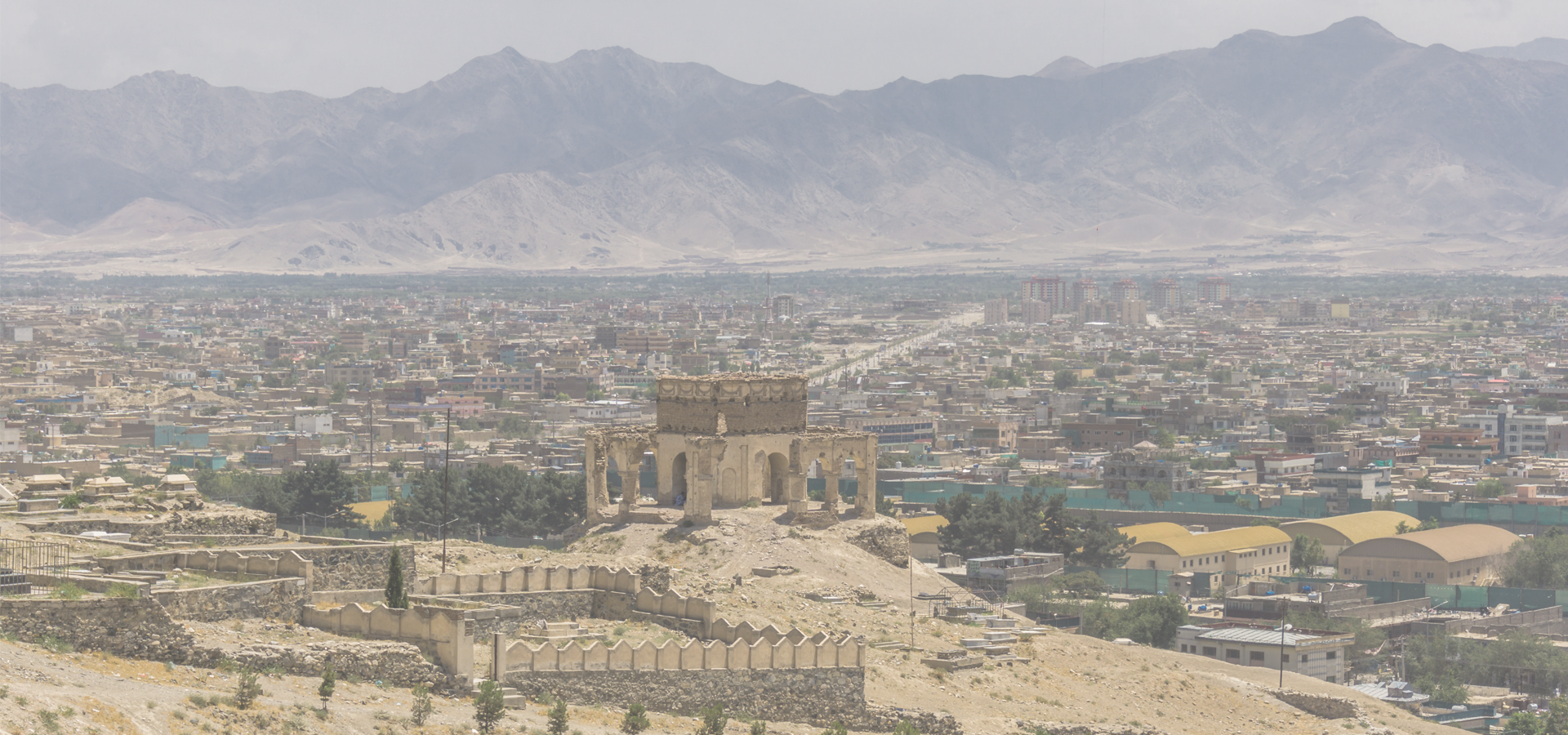Bamyan, Afghanistan
🇦🇫 Bamyan, also spelled Bamiyan or Bamian is the capital of Bamyan Province in central Afghanistan. It is also known as the "shining Light" and "Valley of Gods". With an altitude of about 2,550 m, Bamyan is the largest town in the central Afghanistan region of Hazarajat, and lies approximately 240 km north-west of Kabul, the national capital. It also refers to the surrounding valley. Bamyan is one of the famous provinces which is tourist attractions of Afghanistan. There are many historical castles like Zahak, Ghulghula and Buddha which is surrounding by beautiful caves. The unique nature of Bamyan is famous and one of them is Band Amir lake. The people of Bamyan are civilised and cultured.
Many statues of Buddha are carved into the sides of cliffs facing Bamyan city. In 2008, Bamyan was found to be the home of the world's oldest oil paintings. The city of Bamyan has four districts and a total land area of 3,539 hectares.
The valley is the Center of the Hazara settlement area, now known as Hazarajat. At the end of the 10th century AD, there was a Buddhist culture in which several thousand Buddhist monks lived in caves carved into the mountain. The 53 meters known as the Solsol and 35 meters known as Shamama are the high-standing Buddha statues and best-known monuments left by the Buddhists, which were then destroyed by the Taliban in 2001. "In 2001, the Taliban infamously blew up a giant carved Buddha in Bamyan, a region defined by its diverse archaeology, coruscating lakes, vivid panoramic valleys and rich-green meadows". Furthermore, there are several cultural sites left from both the Buddhist and the later Islamic era of the valley. After the overthrown of the Taliban from power in 2002, considerable efforts have been made to preserve the cultural monuments in the valley. The Bamyan valley marked the most westerly point of Buddhist expansion and was a crucial hub of trade for much of the second millennium CE. It was a place where East met West and its archaeology reveals a blend of Greek, Turkic, Persian, Chinese, and Indian influences. The valley is one of Afghanistan's most touristic places.
The city of Bamyan joined the UNESCO Creative Cities Network as a Crafts and Folk Art city in 2017. "UNESCO noted the Bamiyan Valley is the most monumental expression of the western Buddhism". Bamiyan is now listed by UNESCO as a World Heritage Site in Danger On 15 August 2021, Bamyan was seized by Taliban fighters, becoming the twenty-ninth provincial capital to be captured by the Taliban as part of the wider 2021 Taliban offensive.
Kabul Time

Bamyan has a population of over 100,000 people. Bamyan also forms the centre of the wider Bamyan Province which has a population of over 504,312 people.
To set up a UBI Lab for Bamyan see: https://www.ubilabnetwork.org Twitter: https://twitter.com/UBILabNetwork
Bamyan is a member of the UNESCO Creative Cities Network for Craft and Folk Art see: https://en.unesco.org/creative-cities
UNESCO Creative Cities for Craft and Folk Art include: 🇸🇦 Al-Ahsa 🇵🇾 Areguá 🇪🇬 Aswan 🇵🇪 Ayacucho 🇵🇭 Baguio 🇦🇫 Bamiyan 🇦🇫 Bamyan 🇮🇷 Bandar Abbas 🇵🇹 Barcelos 🇮🇹 Biella 🇺🇿 Bukhara 🇪🇬 Cairo 🇵🇹 Caldas da Rainha 🇮🇹 Carrara 🇵🇹 Castelo Branco 🇹🇭 Chiang Mai 🇪🇨 Chordeleg 🇪🇨 Durán 🇮🇹 Fabriano 🇧🇬 Gabrovo 🇻🇳 Hoi An 🇿🇦 Howick 🇰🇷 Icheon 🇮🇷 Isfahan 🇭🇹 Jacmel 🇮🇳 Jaipur 🇰🇷 Jinju 🇧🇷 João Pessoa 🇯🇵 Kanazawa 🇷🇺 Kargopol 🇹🇷 Kütahya 🇫🇷 Limoges 🇨🇩 Lubumbashi 🇯🇴 Madaba 🇩🇴 Monte Cristi 🇧🇸 Nassau 🇧🇫 Ouagadougou 🇺🇸 Paducah 🇮🇩 Pekalongan 🇧🇯 Porto-Novo 🇲🇽 San Cristóbal de las Casas 🇺🇸 Santa Fe 🇦🇪 Sharjah 🇦🇿 Sheki 🇹🇬 Sokodé 🇹🇭 Sukhothai 🇹🇭 Sukhothai Thani 🇮🇩 Surakarta 🇲🇦 Tétouan 🇨🇺 Trinidad 🇹🇳 Tunis 🇲🇳 Ulaanbaatar 🇪🇪 Viljandi